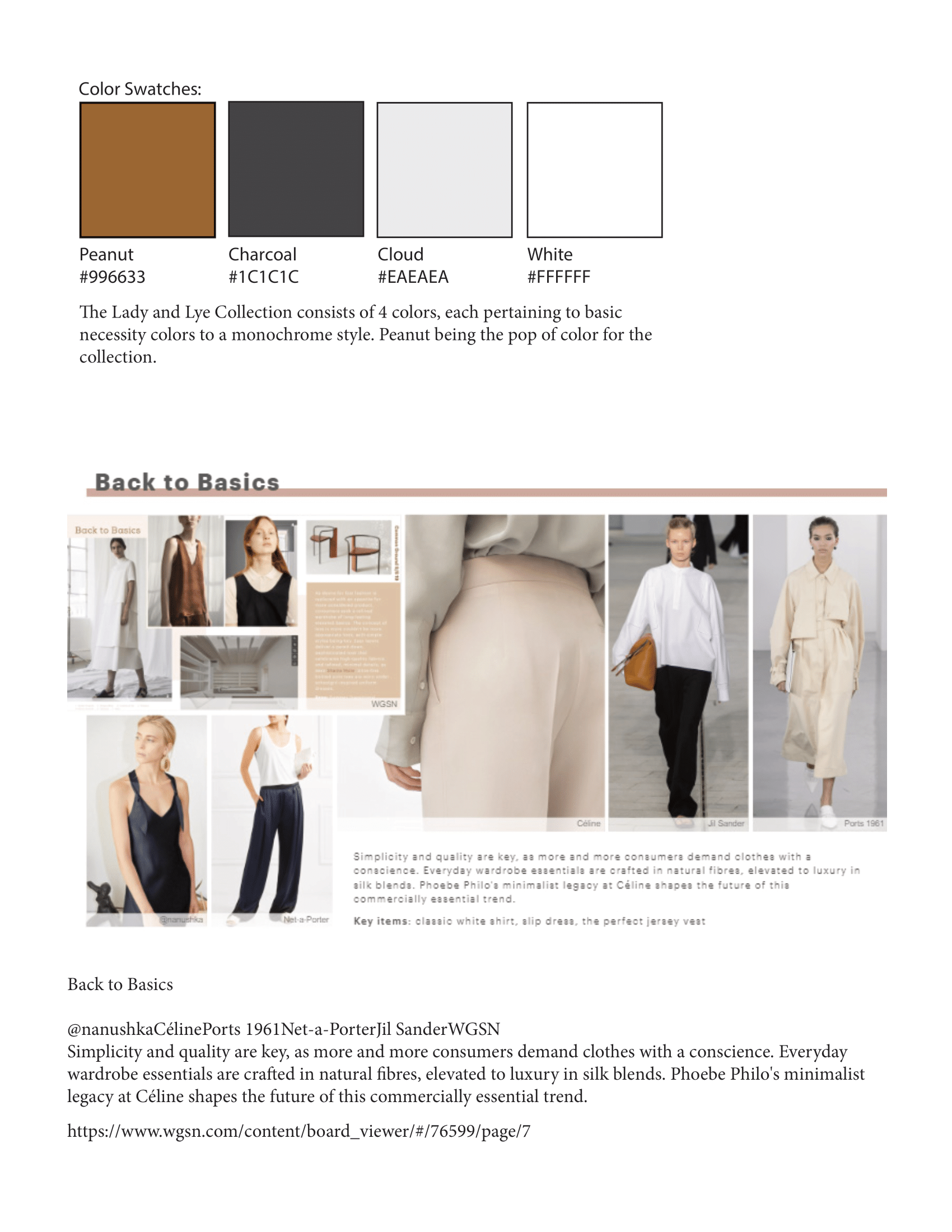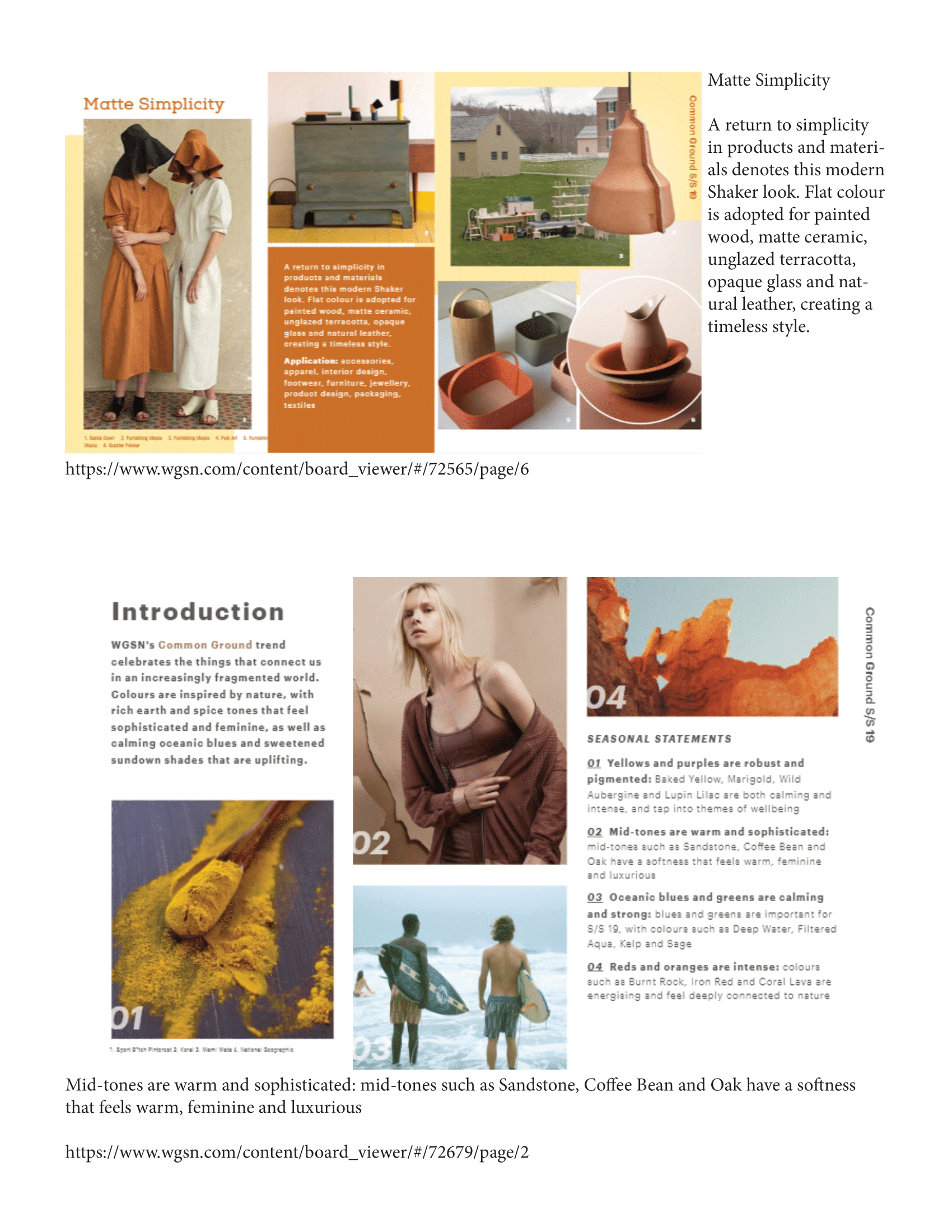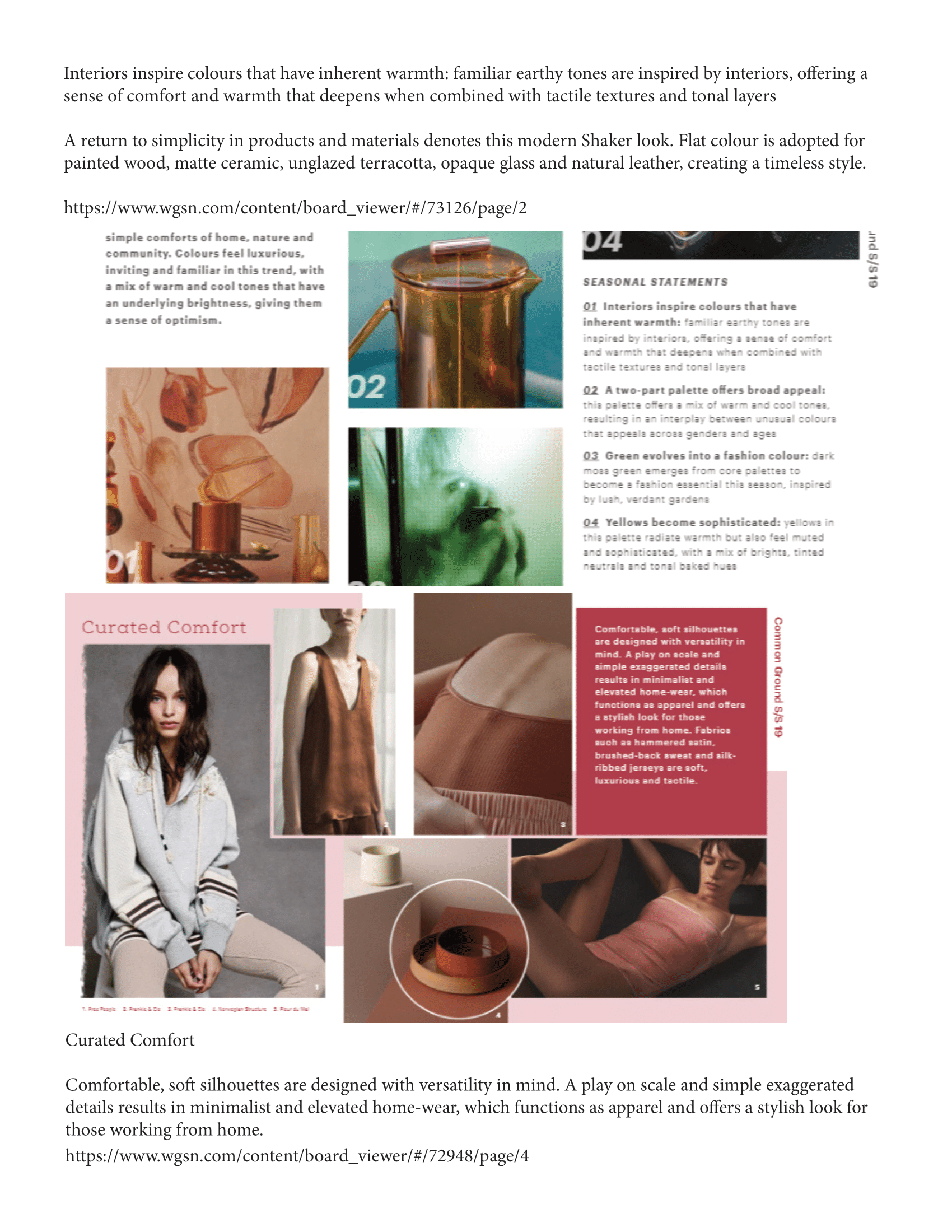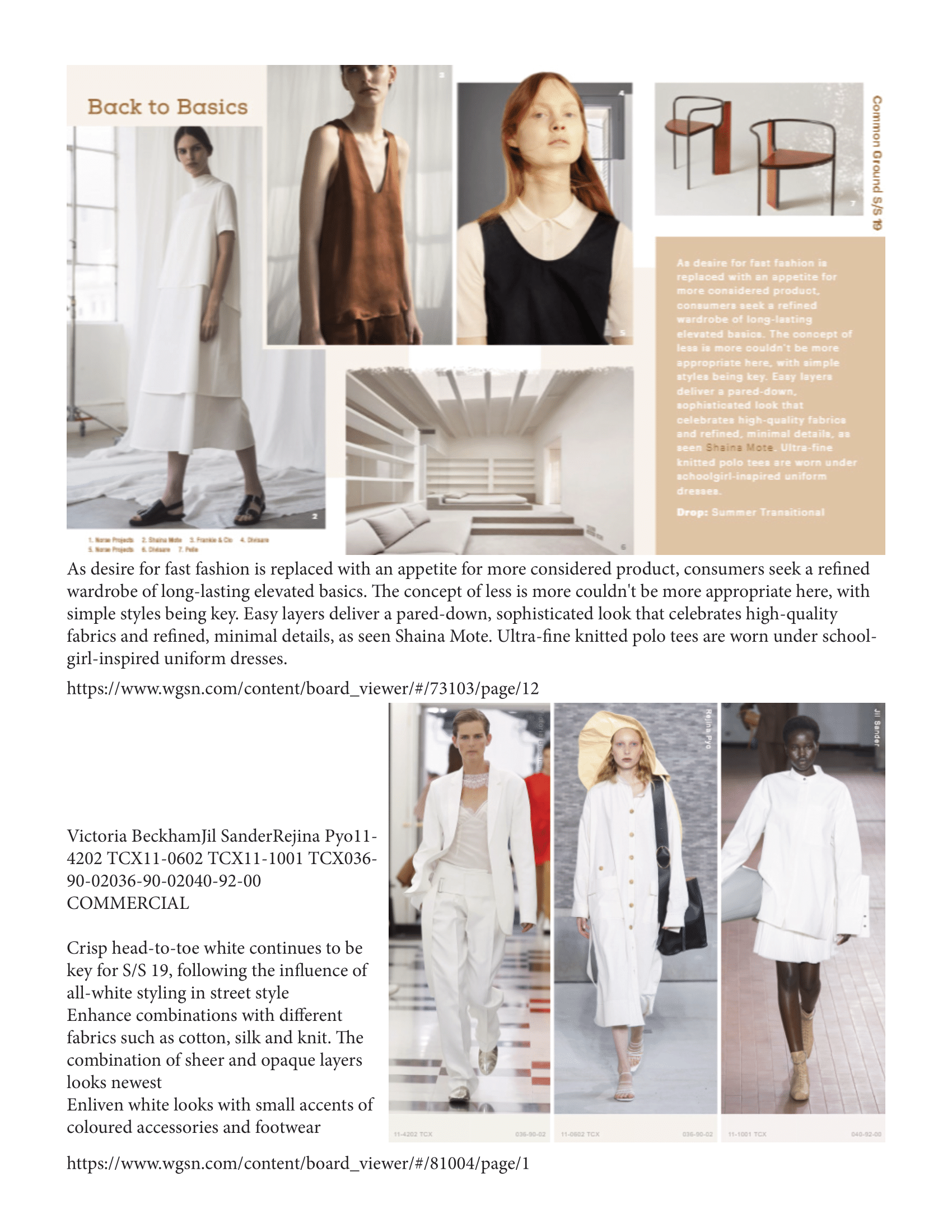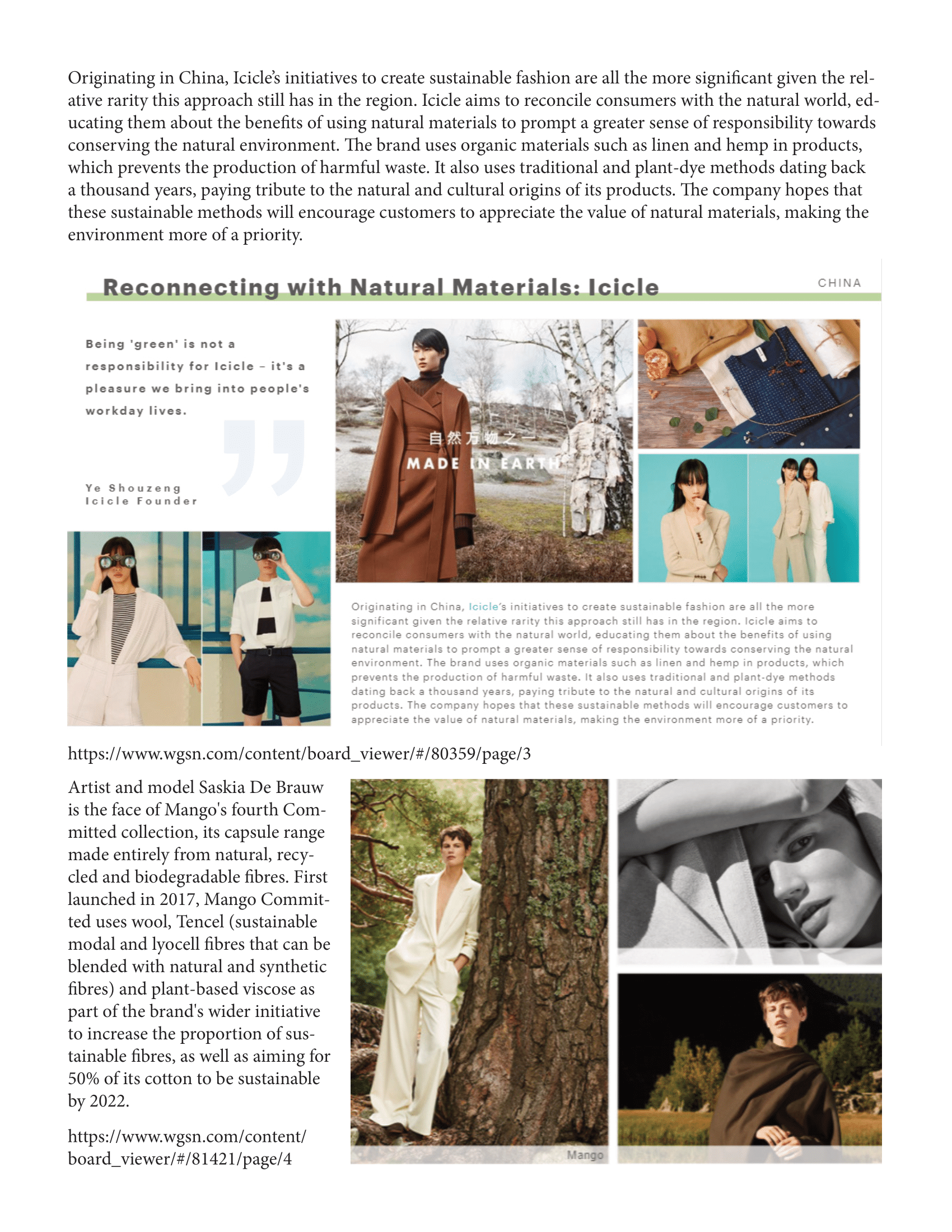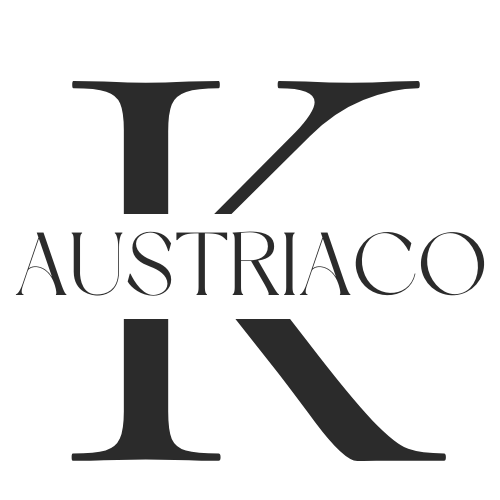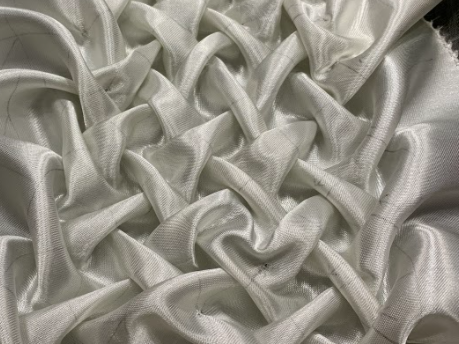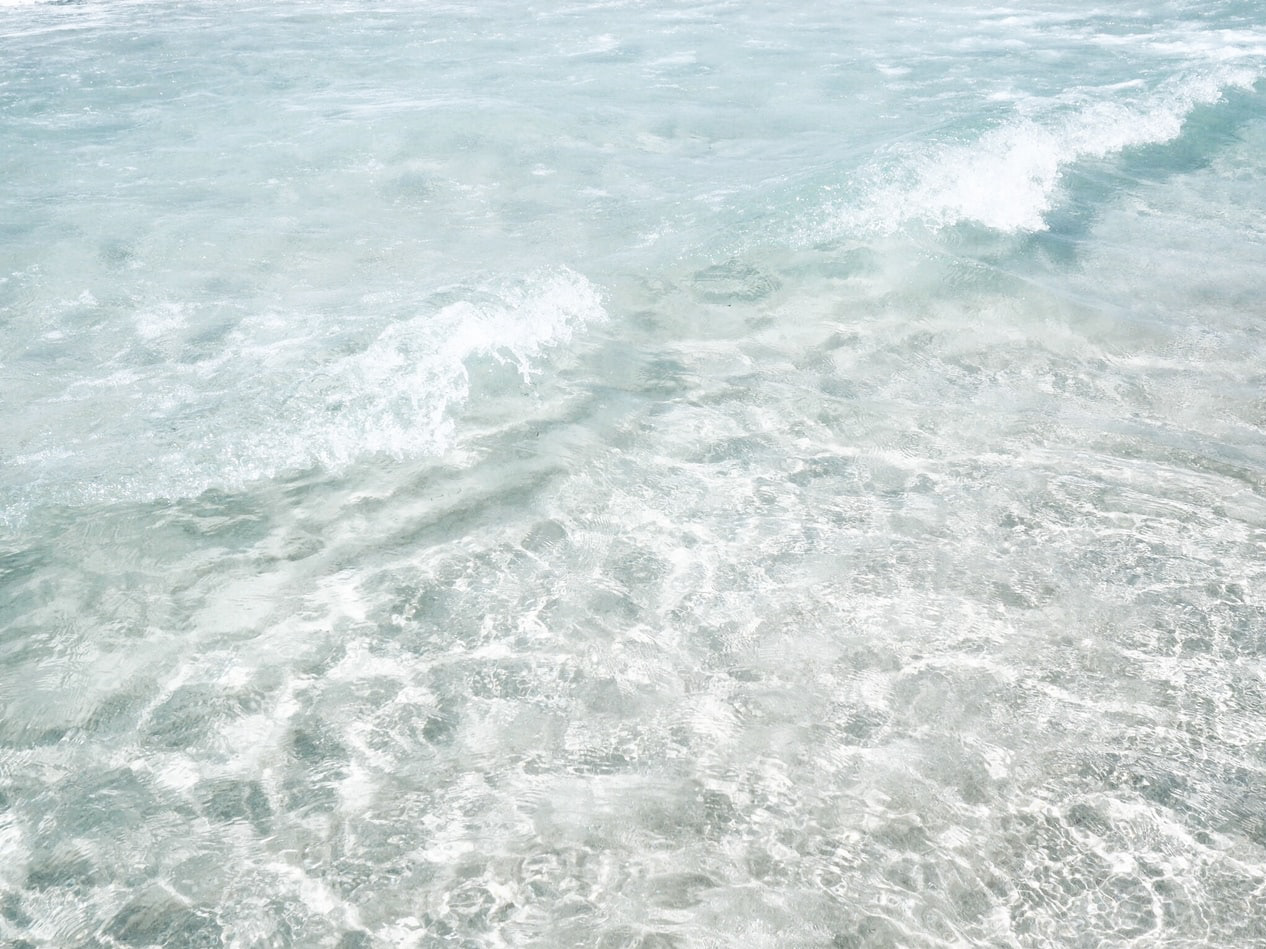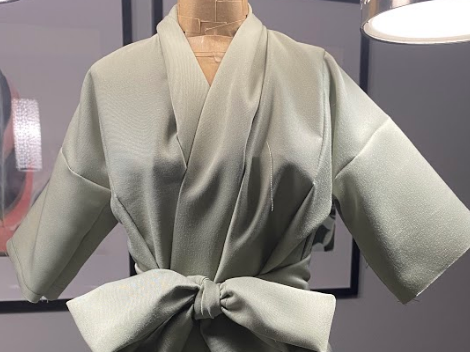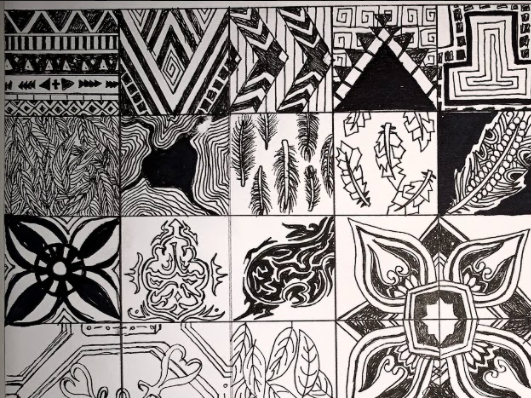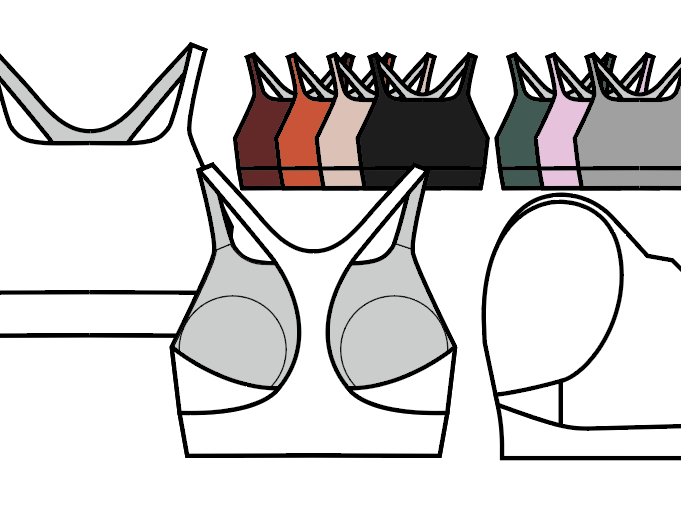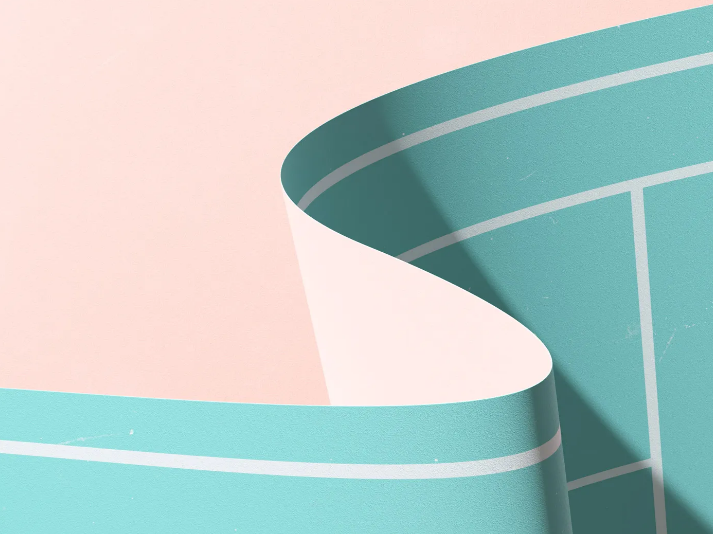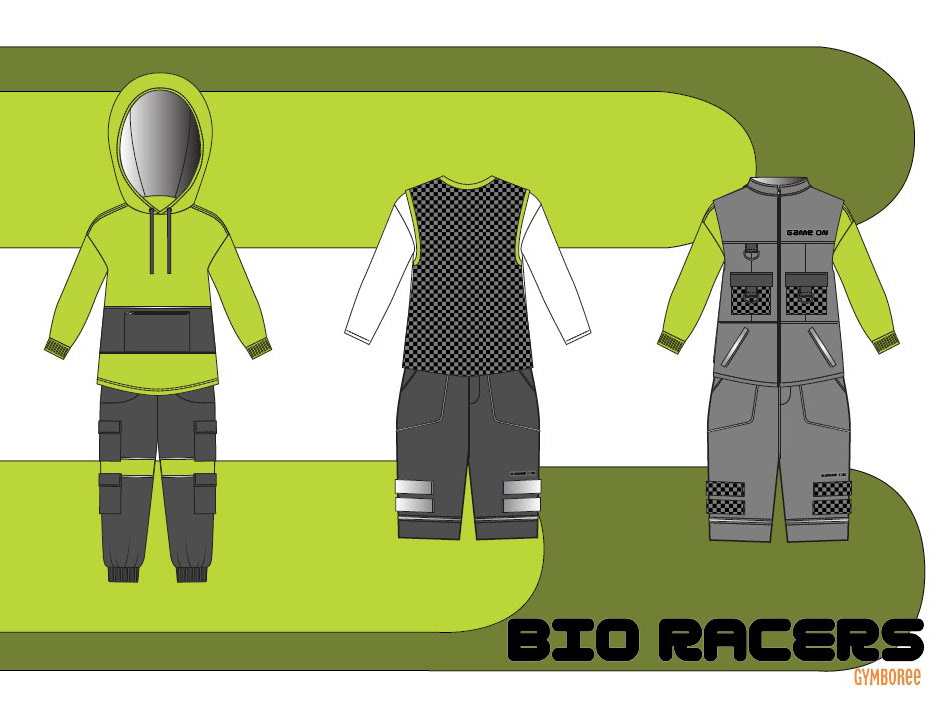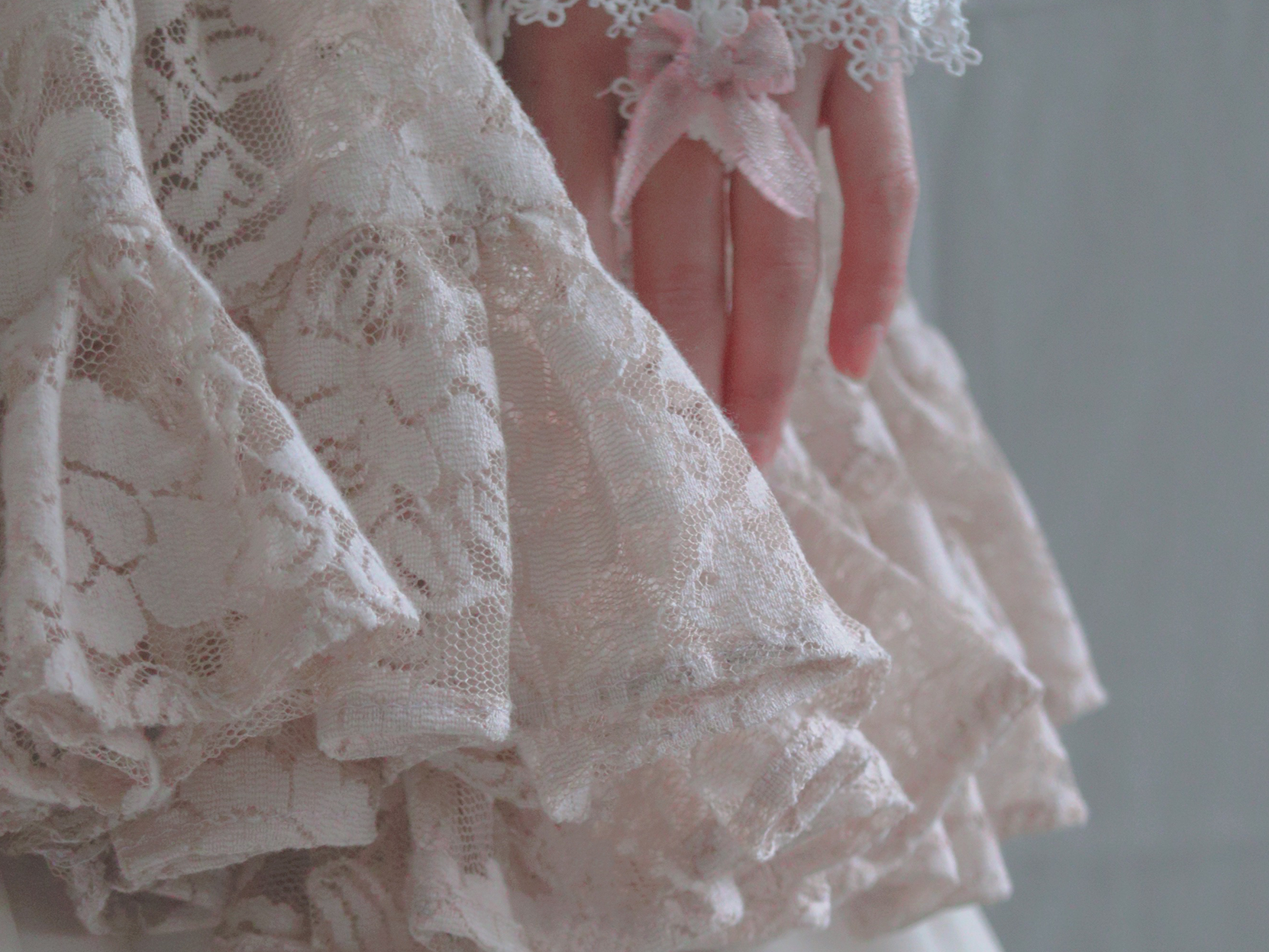Create a brand that reflects a target groups lifestyle choices.
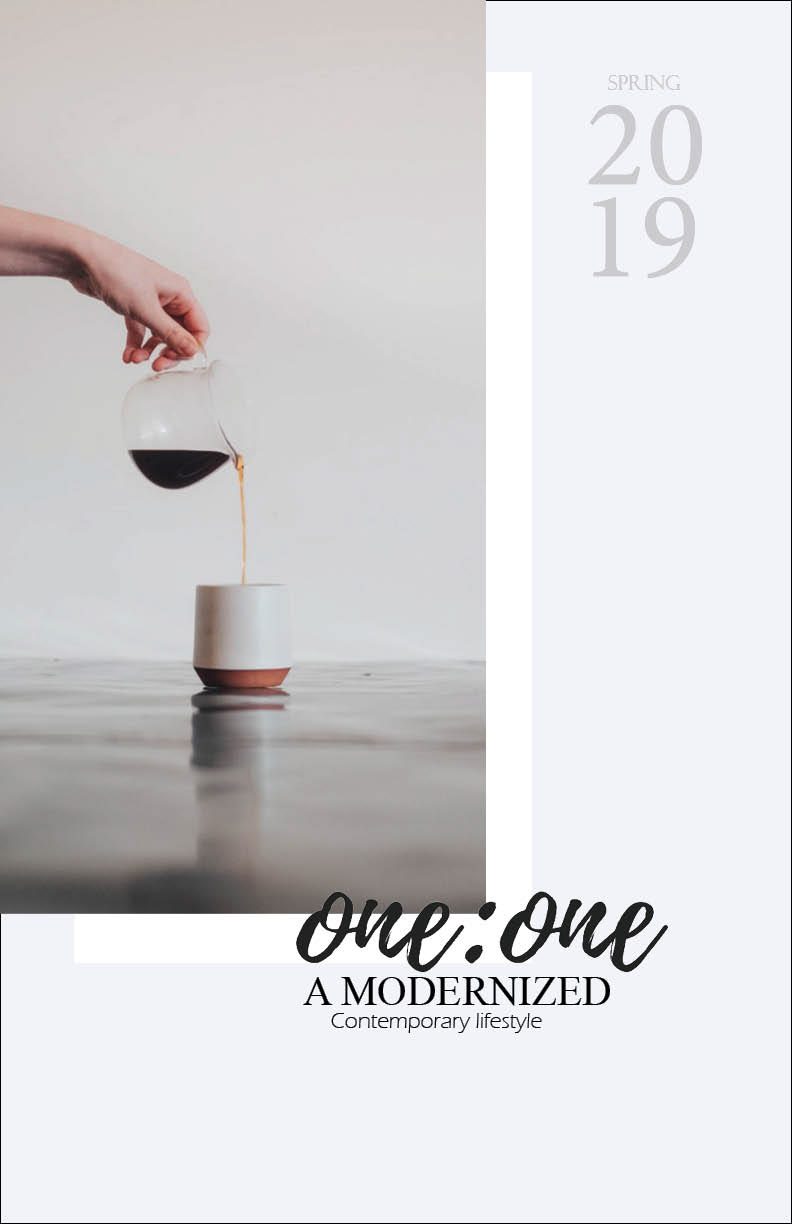
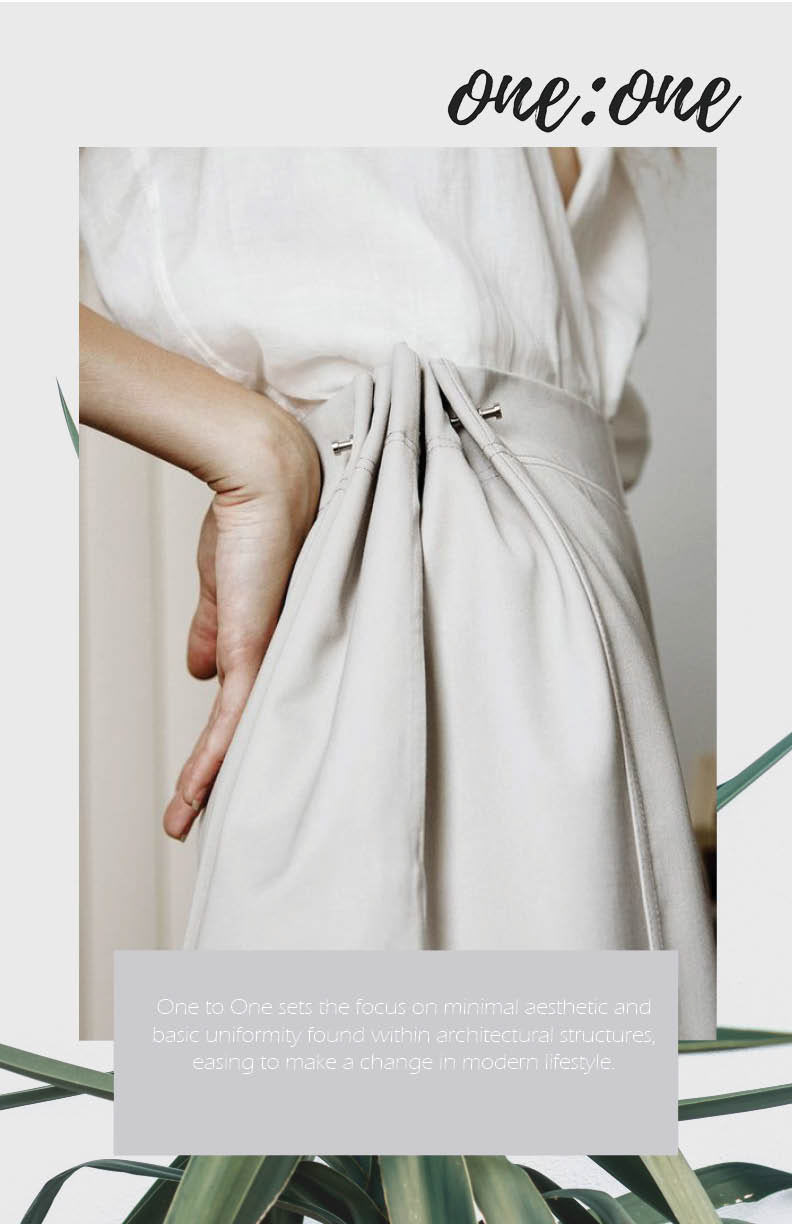
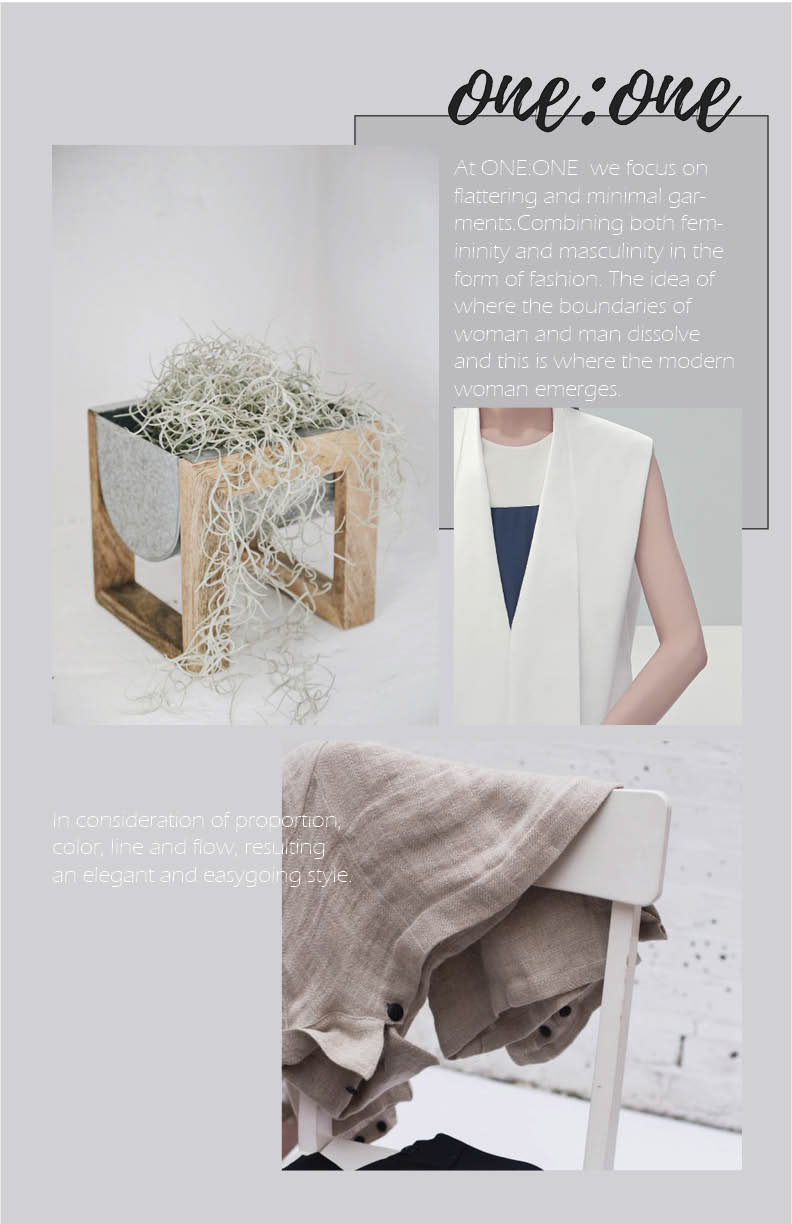
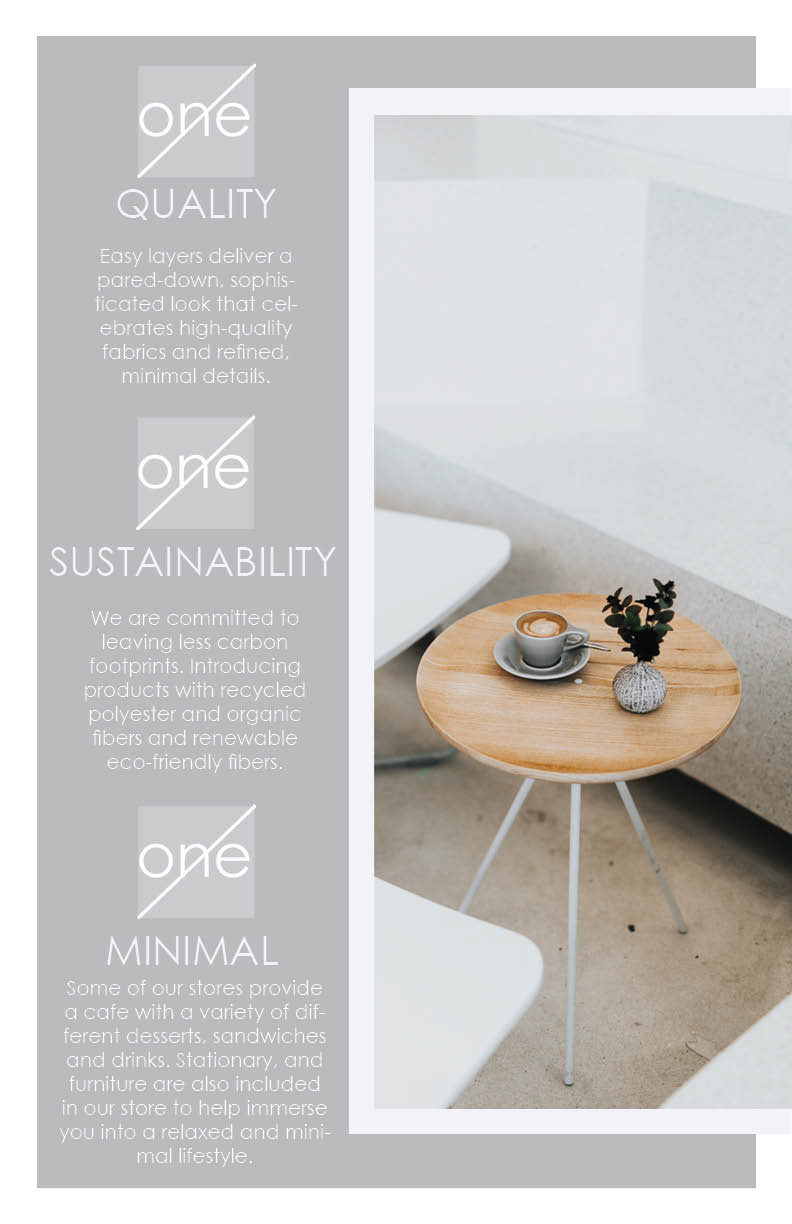
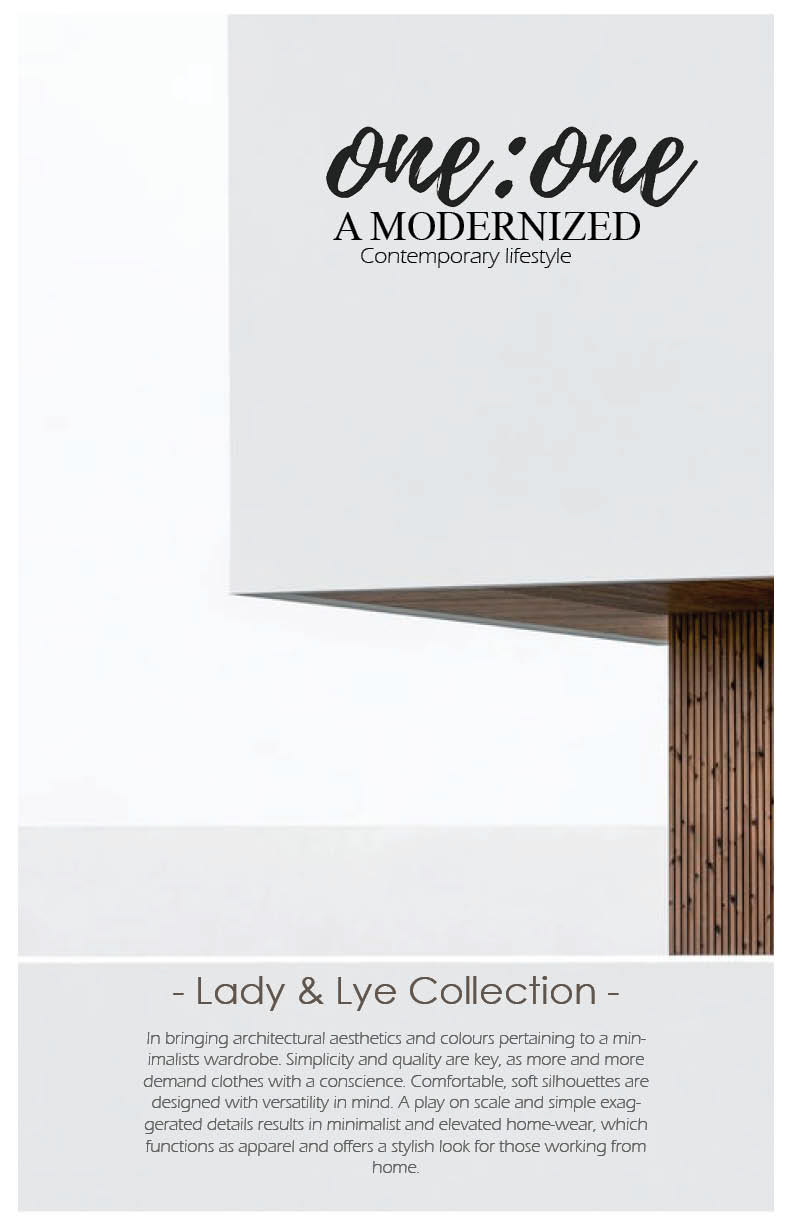

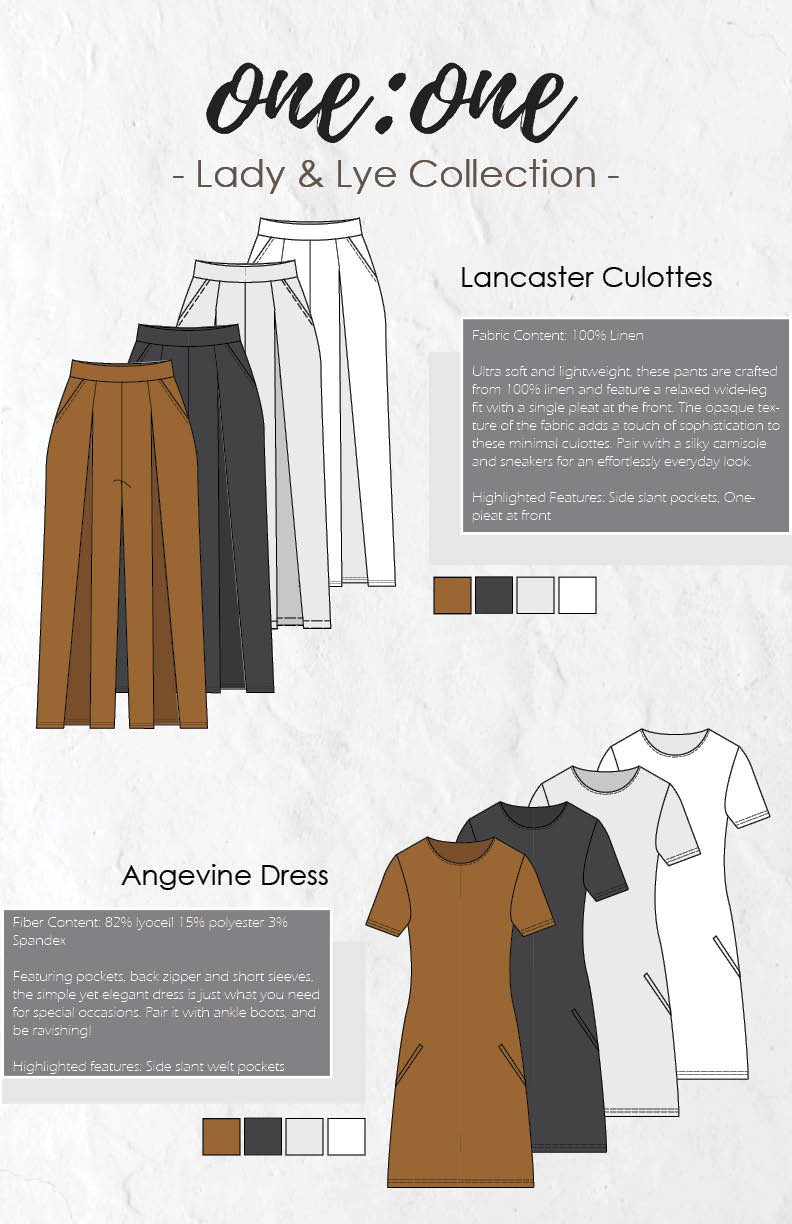
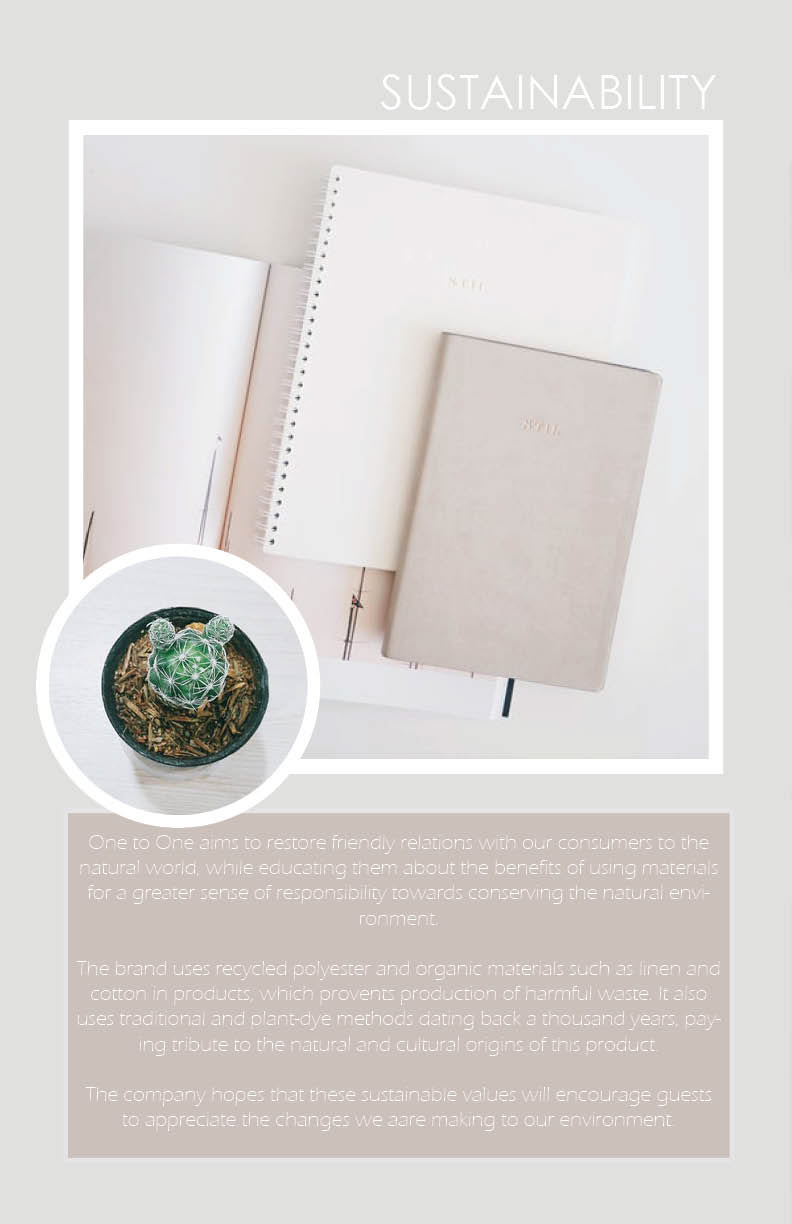
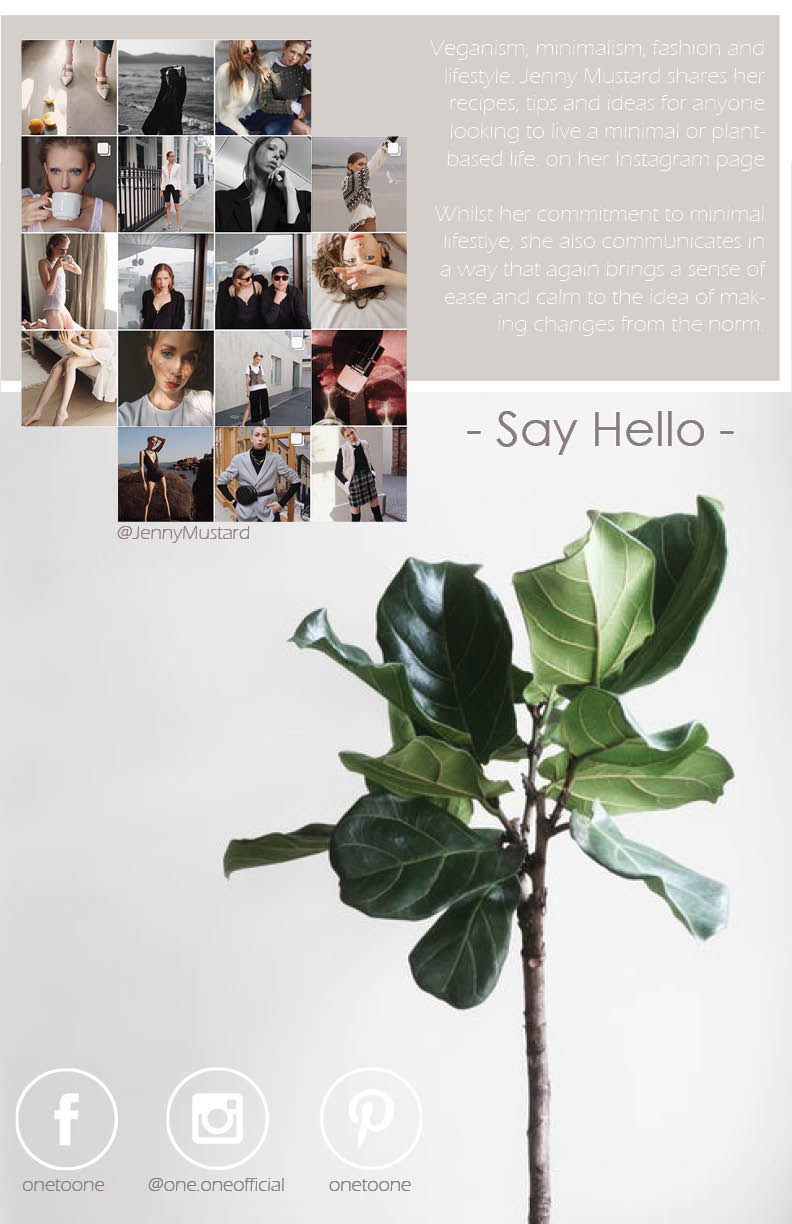
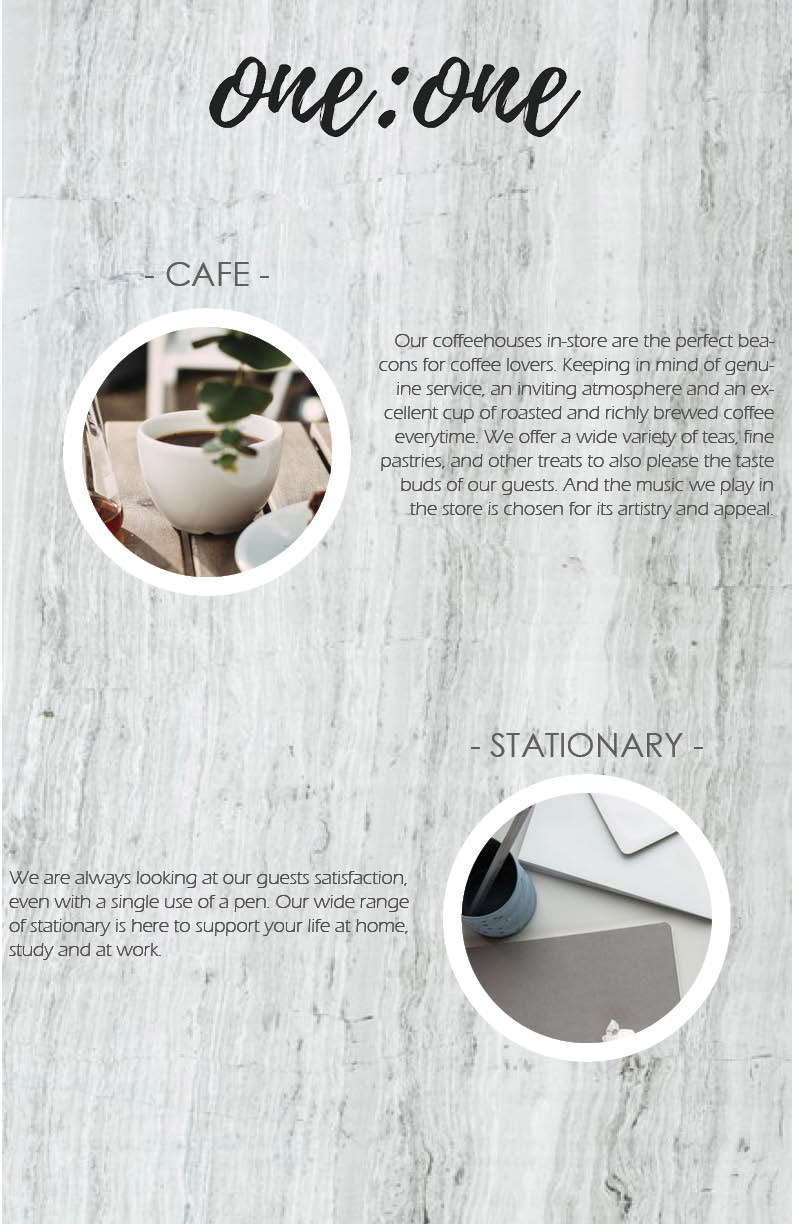
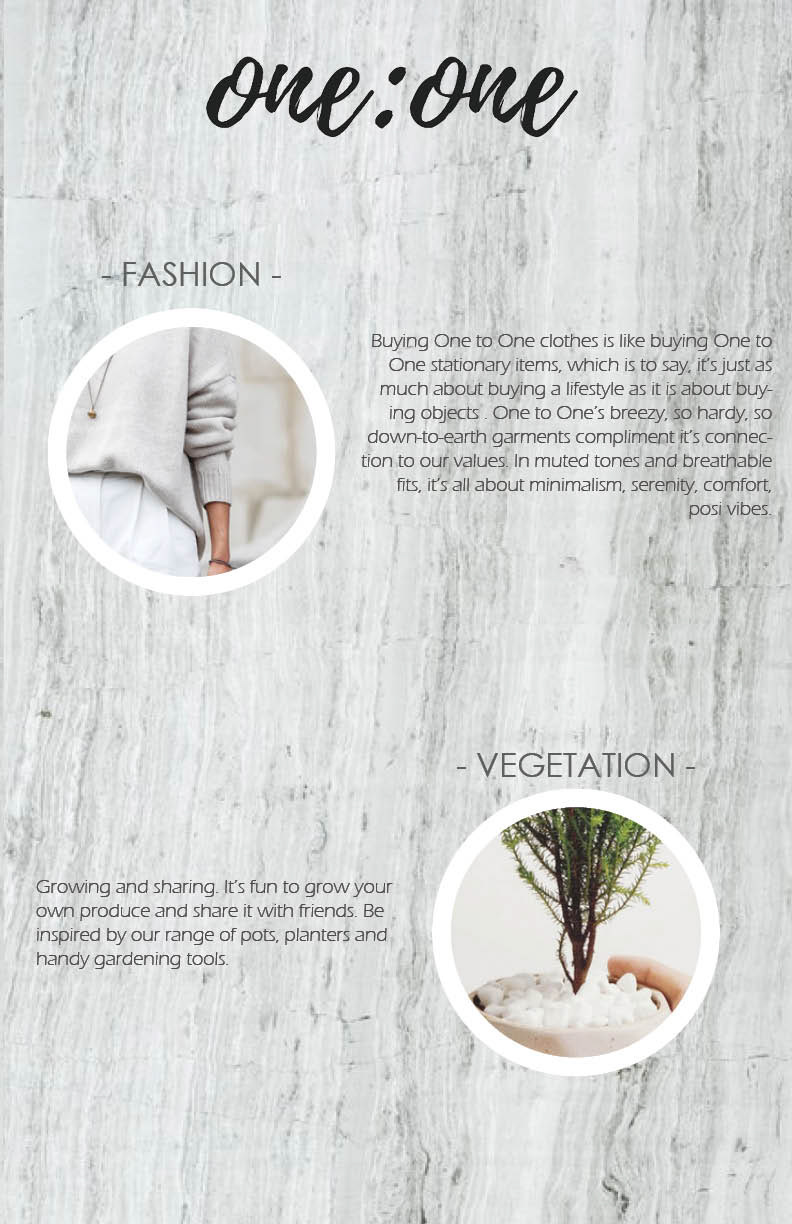
Design Research
STYLES
- 01 A new take on uniform: functionality and uniform styles move towards a more minimalist aesthetic. Jumpsuits, tabard details and aprons are a great source of inspiration
- UNIFORM: As desire for fast fashion is replaced with an appetite for more considered product, consumers seek a refined wardrobe of long-lasting elevated basics. The concept of less is more couldn't be more appropriate here, with simple styles being key. Easy layers deliver a pared-down, sophisticated look that celebrates high-quality fabrics and refined, minimal details, as seen Shaina Mote. Ultra-fine knitted polo tees are worn under schoolgirl-inspired uniform dresses.
- 01 A new take on uniform: functionality and uniform styles move towards a more minimalist aesthetic. Jumpsuits, tabard details and aprons are a great source of inspiration
- UNIFORM: As desire for fast fashion is replaced with an appetite for more considered product, consumers seek a refined wardrobe of long-lasting elevated basics. The concept of less is more couldn't be more appropriate here, with simple styles being key. Easy layers deliver a pared-down, sophisticated look that celebrates high-quality fabrics and refined, minimal details, as seen Shaina Mote. Ultra-fine knitted polo tees are worn under schoolgirl-inspired uniform dresses.
- MOCK NECK: The concept of less is more couldn't be more appropriate here, with simple styles being key. Easy layers deliver a pared-down, sophisticated look that celebrates high-quality fabrics and refined, minimal details. The second-skin roll-neck is moving from an essential fashion styling item to a staple within the workwear offering. Superfine-gauge mock necks are elevated in silk, merino or sustainable cellulosic yarns to update the luxury core offer. Opaque and sheer layers with a featherweight aspect are cut close to the body for clean lines and easy layering. Style this fine-gauge second-skin layer under blazers, dresses or shirts and blouses.
- SWEATER DRESS: Comfort-meets-practicality is emerging as an overarching consumer demand – and the sweater dress achieves just that. Design in fine-gauge knits to cater to Tran seasonal needs via clever layering. Merchandise with oversized coats or sleeveless blazers appropriate for varied weather options. A direct move-on from the perennial cashmere jumper, the midi-length sweater dress maintains the commercial safe haven status of the jumper, but provides a fashion-led update. Keep colors neutral to elevate its fluid structure into sartorial smartness, perfect for the office. opt for block-colored designs to provide a youthful offering. A mock neck is a key design characteristic: experiment with loose-fitting to slimmer funnel necks via fabrics for variation.
COLOR
Grey - S/S 18 showcases the range and versatility of greyscale, with three key shades acting as tints of more lively hues. A/W 18/19 builds on this with heavily infused levels, and S/S 19 sees a bolder evolution, returning to
Functionality and uniform styles move towards a more minimalist aesthetic.
Functionality and uniform styles move towards a more minimalist aesthetic.
Mid-tones are warm and sophisticated.mid-tones such as Sandstone, Coffee Bean and Oak have a softness that feels warm, feminine and luxurious.
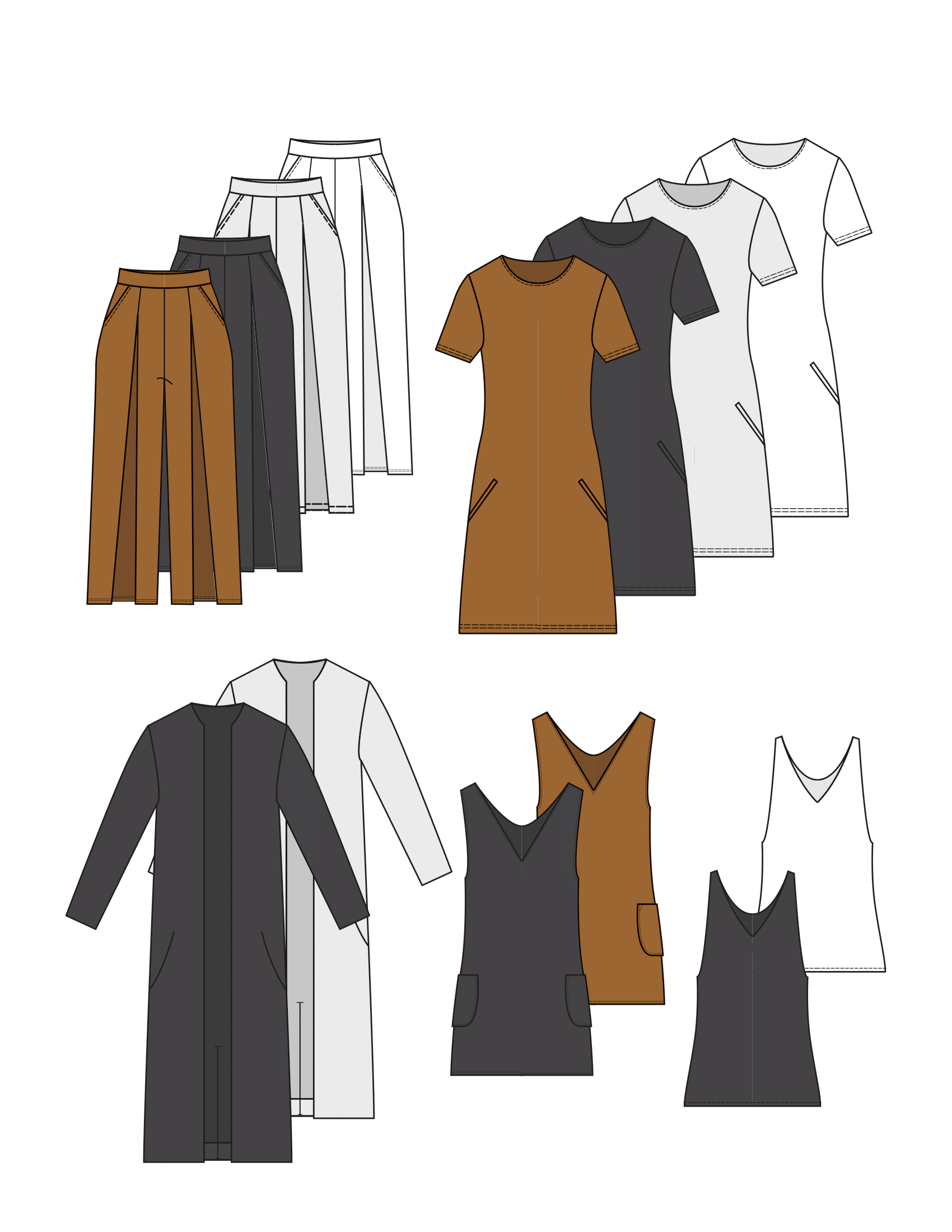
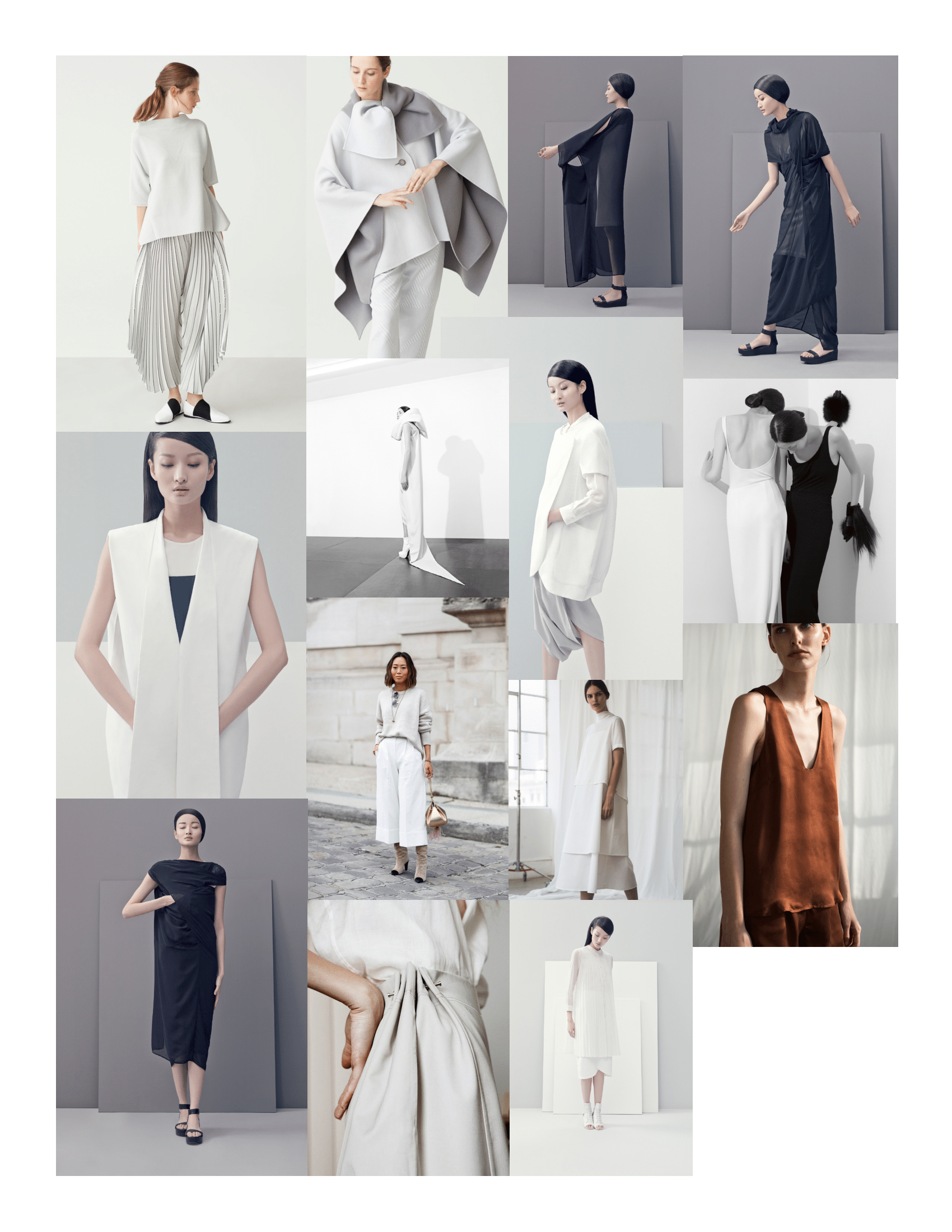
FABRICS
LINEN
Fiber background: one of the world’s oldest cultivated crops, flax is grown for linen production. Northern and Eastern European countries including France, Belgium, Italy and the UK are suitable growing climates as well as Canada, Russia, Pakistan, India, China and Africa. Cellulosic fibers are extracted from flax plants to make linen yarn, with longer fibers making the finest and premium yarns.
Fiber properties: Highly absorbent with natural wicking and cooling qualities, Superior strength, proven to be two to three times stronger than cotton, Naturally hypoallergenic
COTTON
Fiber background: with a history tracing back thousands of years, cotton represents a large proportion of fibers used for apparel and non-apparel textiles worldwide. Cotton is a natural cellulosic fiber, grown in warm climates across the globe, including China, India, US, Pakistan, Uzbekistan and Turkey. Cotton balls are extracted and spun into yarns.
Fiber properties: High heat resistance, washable and easy care, Absorbent and comfortable
ACETATE
Fiber background: cellulose acetate fiber is one of the earliest synthetic fibers based on cotton or tree pulp, created when cellulose reacts with acids. Fine cellulose acetate filaments are extruded in acetone. Acetate has been replaced by cheaper petrol-based fibers such as nylon and polyester in recent decades.
Fiber properties: Excellent drape, softness and silky sheen, Shrink, moth and mildew resistant, Takes dye well, high color fastness
VISCOSE, RAYON & LYOCELL
Fiber background: viscose, rayon and Lyocell are regenerated cellulosic fibers made from wood pulp through processes involving varying chemical compositions. While similar in composition, the fibers differ in characteristics due to filament structure and various manufacturing processes.
Fiber properties: Soft handle and excellent drape, High tensile strength
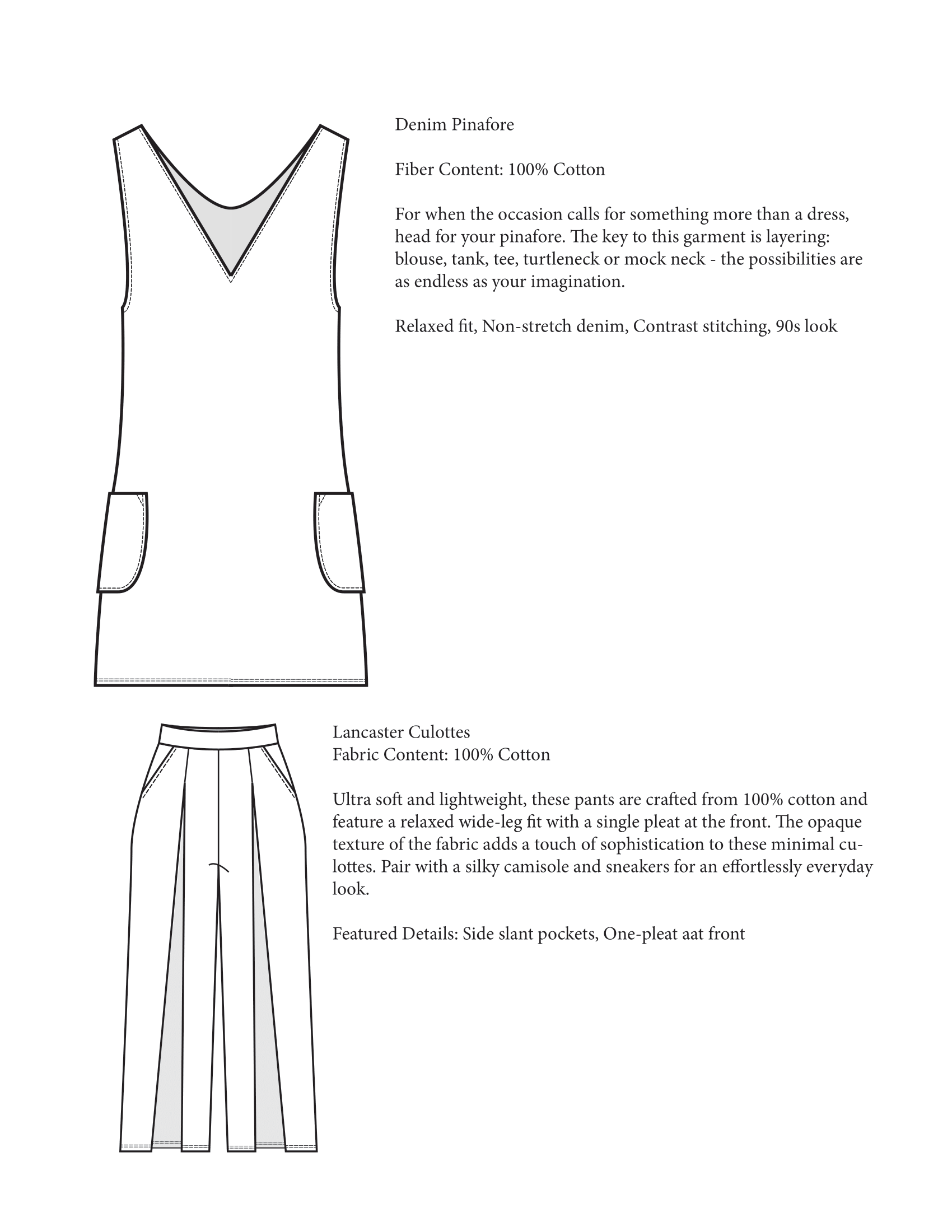

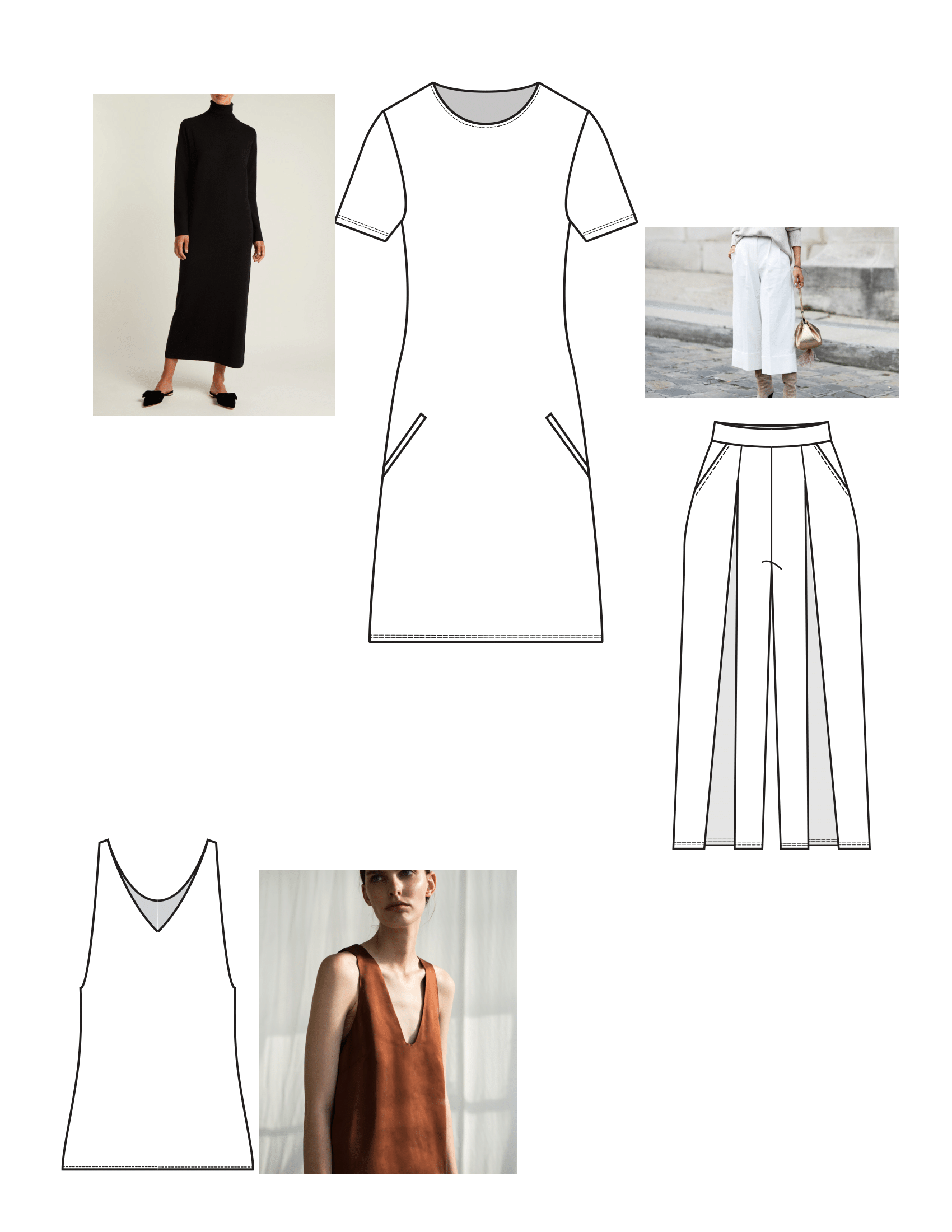
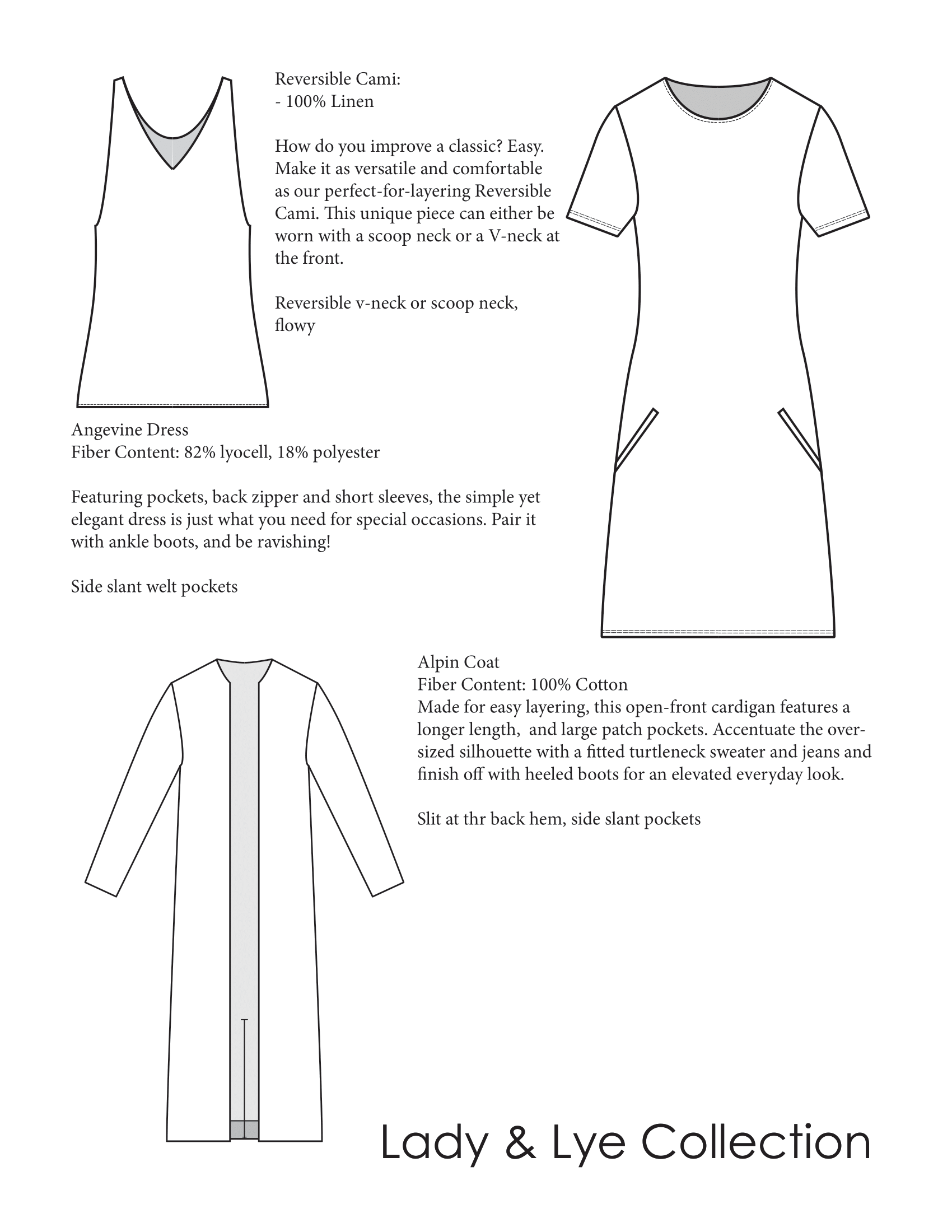
WGSN Research
